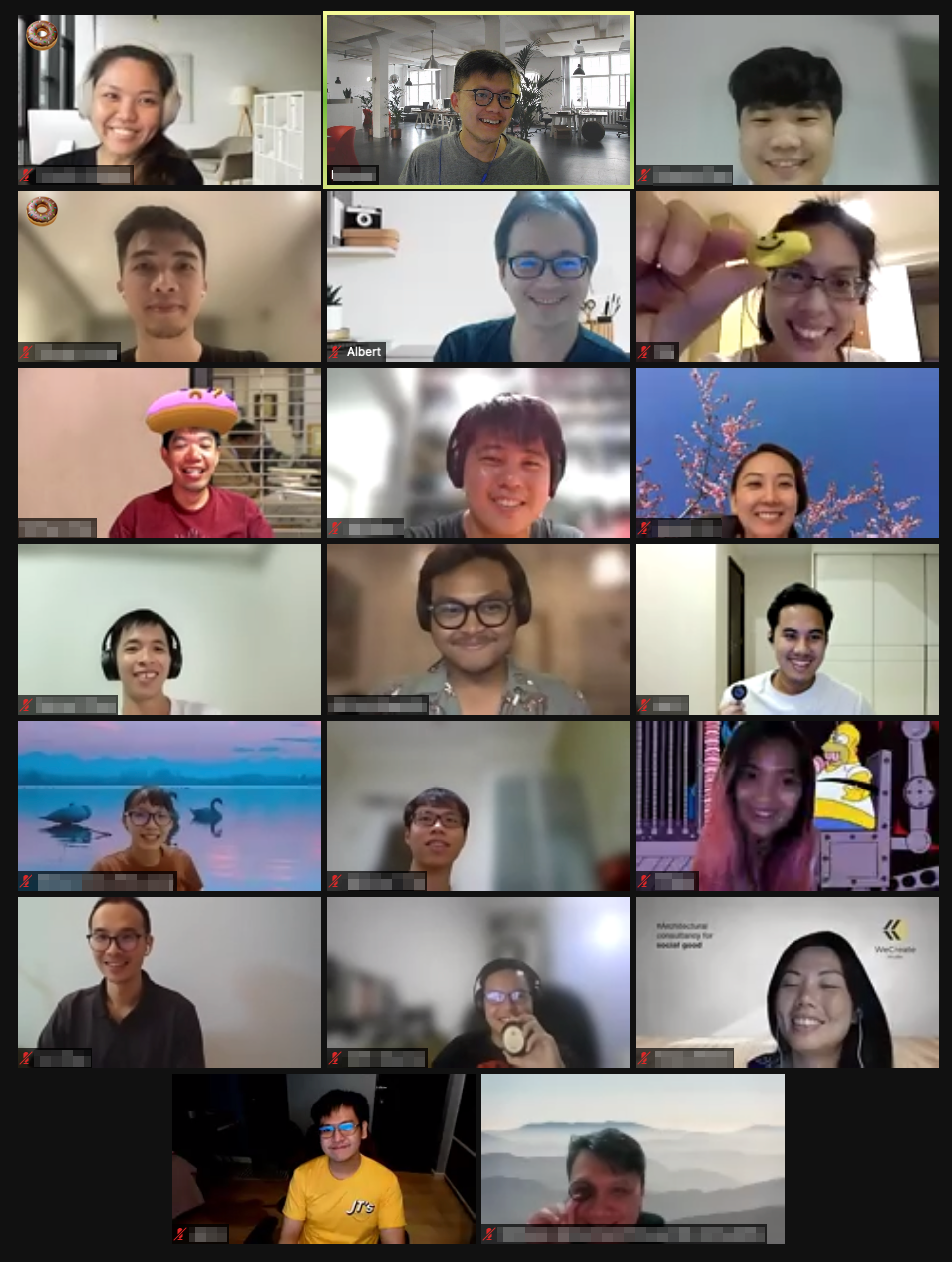PTL #9 - Economy
“How might we use product skillset in pushing economies into the green circle of the doughnut economy?”

Facilitated by Steven, Colette, Dominic
What we learnt:
- Understanding doughnut economics and current challenges
- Having a more sustainable mindset
The Doughnut Theory

The Doughnut theory offers a vision of what it means for humanity to thrive in the 21st century. Three things about the Doughnut:
- Contains social and ecological topics
- Goal is to live in the green zone
- Seven ways to think differently:
- Changing the Goal
- See the big picture
- Nurture human nature
- Get savvy with systems
- Design to distribute
- Create to regenerate
- Be agnostic about growth
Moving from linear to circular economy
Ecological degradation is the result of degenerative industrial process. The economy needs to move from a linear to a circular system and work within the cycle of the living world.

Sustainable Design Strategies examples :
Modularity, Product Service Systems Models, Longevity, Remanufacture, Recyclability, Repairability, Reusability, etc.

Emerging questions :
- HMW shift our mindset to reuse than consume new things?
- HMW create infrastructure and incentives around it?
- how we want to incentivized user to be proactively reuse/recycle their goods
- A lot of consumer product business models rely on continuous consumption — HMW change this “thinking” to incentivize businesses to create longer lasting, more BIFL (buy-it-for-life) products?
